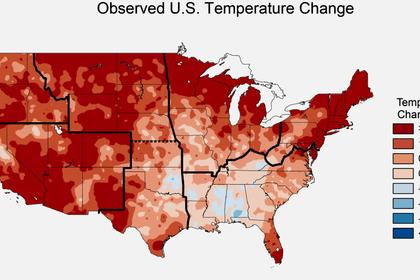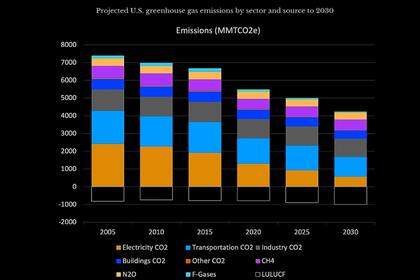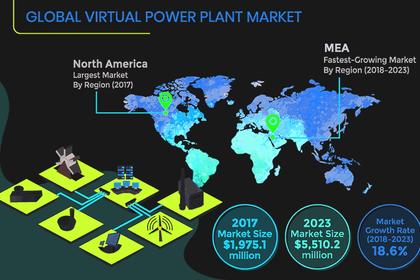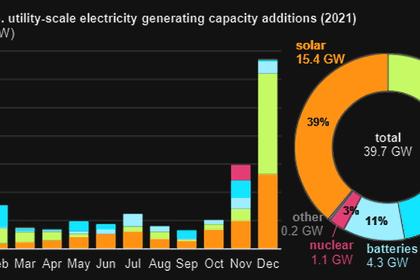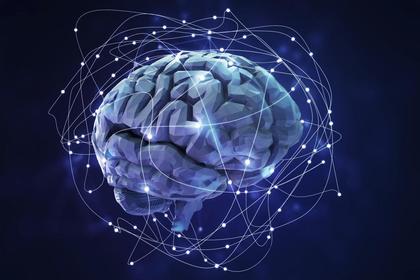
BIG DATA IN SMART GRIDS
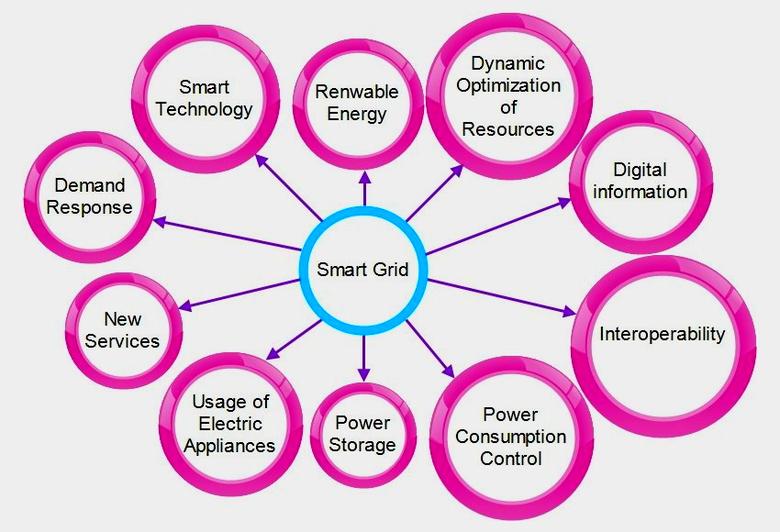
By KAREN MARCUS Freelance Energy and Technology Researcher and Writer
Final Draft Communications, LLC
ENERGYCENTRAL - Apr 18, 2022 - Smart grids enable data flow between various components, but utilities don’t always use this capacity to their advantage. Doing so would increase efficiency and reliability through an improved ability to recognize and respond to changing demand patterns. The following sections describe the potential uses for specific types of data.
Power Utility Infrastructure
Along with other systems, power utility infrastructure is getting smarter with built-in sensing and processing capabilities. Having this technology work in conjunction with transmission and distribution lines, substations, transformers, and other assets enables utilities to more efficiently maintain and replace equipment when needed, leading to reduced costs and increased service reliability.
Smart Metering Systems
In a conventional grid, customer meters might be read once per month. Within a smart grid, meters can be set to send readings multiple times per day, providing utilities with a much more granular view of how energy is being used. This information can be used to help customers be more energy-efficient and help utilities better manage demand.
DERs
Another feature of the conventional grid is the one-way flow of power, from utilities to customers. The smart grid enables two-way and even multi-way energy flows, from customers to utilities and between customers. Information gathered from distributed energy resources (DERs) helps utilities incorporate these contributions to the larger energy exchange and improve the ability to manage demand.
EVs
Electric vehicles (EVs) are another source of data that utilities can use to better manage load, improve efficiency, and increase reliability. In some arrangements, EVs can be used as an energy source, similar to DERs. Residential customers who use solar power to charge their vehicles can contribute that power to their homes, reducing load, or even send it back to the utility to help meet peak demand. The reverse is true as well. According to PNNL, “The integrated communications control infrastructure inherent to the smart grid makes handling the load of electric vehicles simple and efficient.”
Smart Homes
Buildings, including residences, with smart components help balance energy use by exchanging information with utilities and determining optimal times to run large appliances, turn down heating or cooling, and so on. Smart homes that include storage devices can even detect when utilities need more power to distribute and contribute it for their use.
With all this data coming from different sources in various formats, utilities must use innovative IT solutions to process, analyze, and gain actionable insights from it. Doing so enables them to improve services by better understanding customer behavior, increasing customer engagement, reducing electricity theft, optimizing operational efficiency, and increasing the use of renewables. These activities are important now and becoming ever more critical as the smart grid replaces the conventional grid.
-----
This thought leadership article was originally shared with Energy Central's Grid Professionals Community Group. The communities are a place where professionals in the power industry can share, learn and connect in a collaborative environment. Join the Grid Professionals Community today and learn from others who work in the industry.
-----
Earlier:
